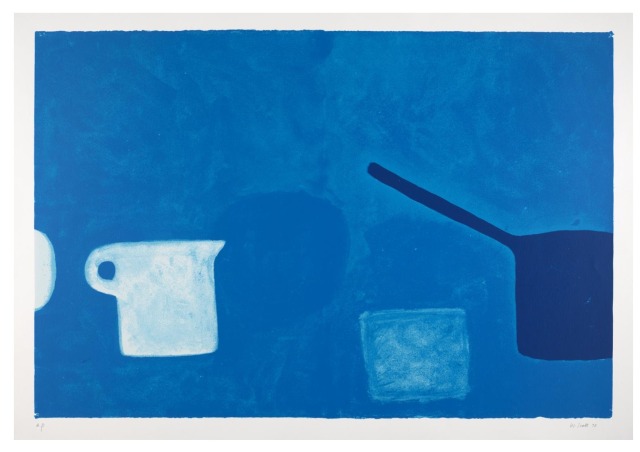William SCOTT CBE RA
William Scott was a Scottish-born still-life painter who was influenced by the work of both George Braque and Paul Klee. Characterised by flat areas of colour and descriptive lines, his paintings explored the various forms found in daily life. About his work, Scott said, “…I am an abstract artist in the sense that I abstract. I cannot be called non-figurative while I am still interested in the modern magic of space, primitive sex forms, the sensual and the erotic, disconcerting contours, and the things of life…”
Born on February 15, 1913, in Greenock, Scotland, his family moved to his father’s hometown of Enniskillen in Northern Ireland when Scott was 11 years old. The artist went on to study first at the Belfast School of Art before finishing his education at the Royal Academy of Art in London. In 1937, he founded an art school in Pont-Aven, France with his friend the painter Geoffrey Nelson. Scott was considered one of the 20th century’s best-known painters from Ulster, he represented Britain at the Venice Biennale in 1958. He died on December 28, 1989, in Somerset.
Retrospectives of his work have been held at both the Tate Gallery in London and the Irish Museum of Modern Art in Dublin.
His works are held in the collections of the Hirshhorn Museum and Sculpture Garden in Washington, D.C., the Solomon R. Guggenheim Museum in New York, the Art Institute of Chicago, Musée National d’Art Moderne, Paris, and the Art Gallery of New South Wales, Sydney.
